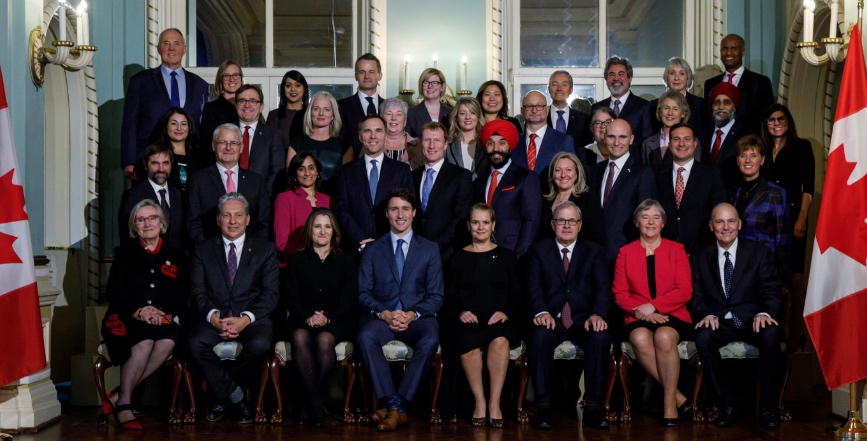In one of his less-noticed cabinet changes, Prime Minister Justin Trudeau has abolished the job of minister for democratic reform. He replaced what had been a key role in the Liberals’ first government with a new position bearing the Gilbert-and-Sullivan-ish title of minister of middle-class prosperity.
That change tells us a lot.
It says the Liberals have abandoned any pretence to an idealistic and aspirational spirit of reform that, at least rhetorically, informed their first mandate. Their new look is entirely managerial and practical. They want Canadians to know the 2019 Liberal government is focused on pocketbook issues and nothing else, certainly not such trivia as the health and effectiveness of our democratic institutions.
Ironically, three days after the cabinet announcement, the Angus Reid Institute came out with a poll showing a big spike in support for electoral reform, which was one of the main preoccupations of the now defunct democratic institutions ministry.
Angus Reid found that Conservative party supporters, previously cool to the idea of changing the way we vote, have jumped onto the reform bandwagon. It seems Conservatives are chagrined by the fact their party won the popular vote, but lost the election nonetheless.
Different systems create different incentives and options
A voting system different from first-past-the-post would not necessarily have given the most seats to the Conservatives.
It would be a mistake to superimpose the results of an election under one system onto a hypothetical election under another. Electoral systems create differing incentives and opportunities for voters. The way a system is designed will have an impact on the way voters make their choices.
Let’s say, for example, we had a ranked ballot system — the one that Justin Trudeau once favoured — this past October.
That system allows voters to indicate their first, second, third, and further choices. When no candidate succeeds in winning more than half of the first choices, second, then third and other choices are counted.
In such a scenario many who leaned Green or NDP but, in the end, decided to vote Liberal to block the Conservatives, might have stuck with their first choice, and opted for the Liberals as their second rather than first choice. We would probably have had a Parliament in which no party had a majority, as we have now, but with more New Democrats and Greens.
Polling during the most recent campaign showed the NDP with the highest second choice support and the Conservatives with the lowest. For many decades now the Conservatives have made the choice to, in effect, narrowcast. They take hard-right ideological positions, aiming only to motivate what pundits call their base supporters and without much effort to draw in wavering voters in the middle.
Had Canada adopted a system that included significant elements of proportionality before the last election, voters would have had another set of incentives and options. One reform many have advocated for Canada is a version of the German two-vote system, which blends first-past-the-post with an apportionment of seats by party, based on their percentage of the vote within regions.
That system would correct what has been the biggest drawback of first-past-the-post for Canada: the tendency to exaggerate the support of the first-place party in each region.
Electoral reform and national unity
Our electoral system delivered all save one seat to the Conservatives in two provinces, while giving all of the seats in the city of Toronto to the Liberals.
A mixed member proportional system would have given both the New Democrats and Conservatives a handful of seats in Toronto.
It would also have rewarded the 27 per cent of Alberta voters and 33 per cent of Saskatchewan voters who chose the Liberals, New Democrats or Greens with some representation in the House of Commons. More important, such a result would temper some of the excessive and exaggerated talk we’re hearing now about the chimera of western alienation.
A reformed electoral system would reward the Bloc Québécois for its support in certain regions of one province, but not to the point of giving it more seats than the New Democrats, with half the votes — and 10 times more than the Greens, with only a slightly higher vote count.
The bottom line is that there are legitimate issues not only of democratic representation but of national unity at play here.
A farsighted government, focused not only on short- and medium-term survival, but on the good of the country, would have those issues on its radar.
Prior to the 2015 election, Justin Trudeau gave the impression that his would be that kind of government. This time, he’s not even pretending.
Karl Nerenberg has been a journalist and filmmaker for more than 25 years. He is rabble’s politics reporter.
Image: Justin Trudeau/Facebook
Enjoy rabble’s parliamentary reporting? Chip in to keep Karl Nerenberg on Parliament Hill for as little as $1 per month!




